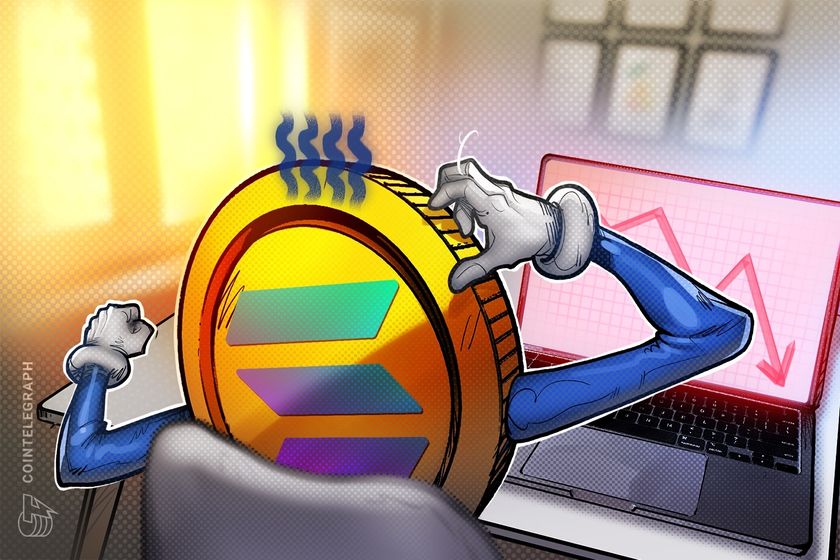
In an official statement, cryptocurrency exchange Binance unveiled its plans to implement updates to the zero-fee Bitcoin trading starting from September 7.
Binance cryptocurrency exchange announced its intention to modify its zero-fee Bitcoin trading program on Aug. 24. This action has the potential to initiate a significant market downturn, reminiscent of the 90% trading volume decline observed following Binance's discontinuation of zero-fee trading in March.
In an official statement, cryptocurrency exchange Binance unveiled its plans to implement updates to the zero-fee Bitcoin trading starting from Sept. 7. Binance intends to modify the zero-fee Bitcoin trading for the Bitcoin (BTC)/ True USD (TUSD) spot and margin trading pair.
Previously, traders experienced zero maker and taker fees while engaging in BTC trading with TUSD pairs. However, a regular taker fee will now be implemented based on the user's VIP level. Nonetheless, users will still encounter no maker fees when conducting Bitcoin trades on the BTC/TUSD spot and margin trading pair.
“The corresponding trading volume on the BTC/TUSD spot and margin trading pair will count toward VIP tier calculation and all Liquidity Provider programs. In addition, BNB discounts, referral rebates and any other fee adjustments will resume for BTC/TUSD spot and margin trading volumes.”
Seemingly, Binance is discontinuing its zero-fee Bitcoin trading initiative for TUSD, indicating a decreased backing for the TUSD stablecoin due to various concerns. Importantly, users will still retain the privilege of zero maker and taker fees while engaging in Bitcoin trading within the FDUSD spot and margin trading pair.
Binance's adjustment of its zero-fee Bitcoin trading scheme for the BTC/TUSD spot and margin trading pair could be inadvertently inciting another round of selloffs in the market.
Related: Binance dubs barred Russian banks on its platform as ‘Yellow’ and ‘Green’ cards
According to CoinMarketCap, the BTC/TUSD and BTC/USDT pairs are the most frequently traded for Bitcoin, constituting 11% and 7% respectively. The trading volume in Tether (USDT) pairs experienced a significant drop after Binance stopped supporting BUSD and designated TUSD as the sole trading pair for zero-fee Bitcoin trading.
Yet again, the exchange is redirecting attention away from the widely traded TUSD to the lesser-known FDUSD stablecoin. Notably, FDUSD doesn't rank within the top 10 Bitcoin pairs by trading volume, with The market capitalization of FDUSD standing at $324 million.
Magazine: Deposit risk: What do crypto exchanges really do with your money?











